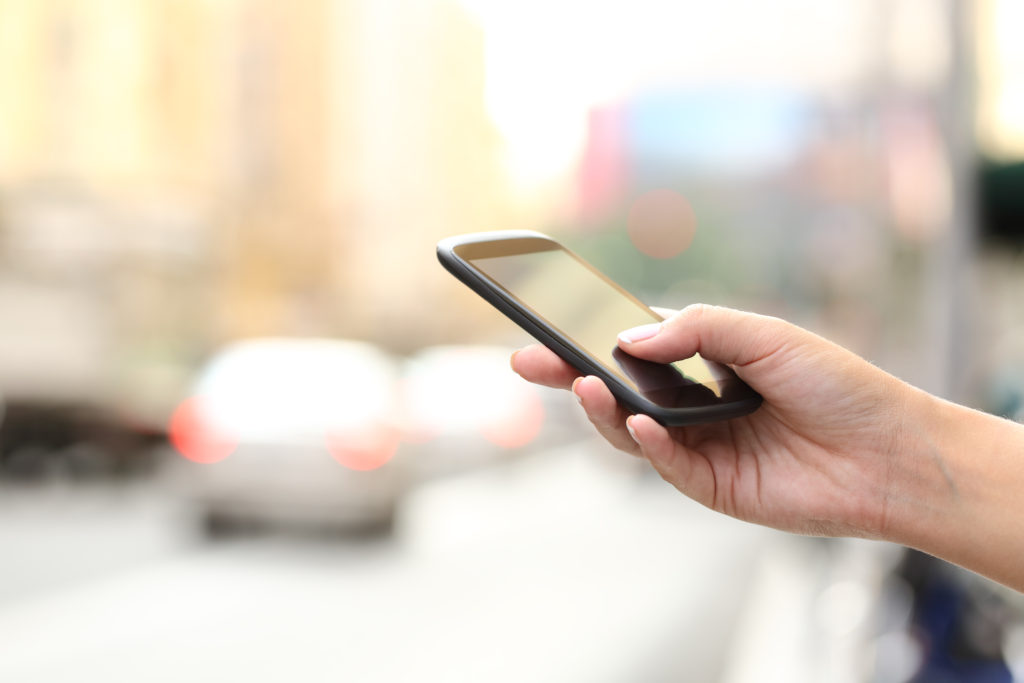How to Take Effective Accident Scene Photos

Car accidents can be traumatic, and it can be hard to think clearly in the aftermath. However, the steps you take in the aftermath of an accident are extremely important because they could be the difference between being able to make a successful claim or not. Without evidence, you won’t be able to prove negligence and therefore will not be compensated for your injuries.
Why should you take photos at the scene?
After a collision, the most important thing to do is to seek medical attention. If you are able, it is a great idea to gather evidence at the scene. Photographs are a great way to do this because having photographic evidence of the accident provides the most accurate depiction of the circumstances of the accident.
Photographs can show property damage, injuries, vehicle damage, and other details that may be relevant to your claim. Your memory can be unreliable at the best of times, and after a traumatic event such as a car accident, remembering exactly what happened may prove difficult.
Tips for taking accident scene photos
An important tip is to take wide-angle shots of the entire accident scene. While taking photos of property damage and injuries is important, it is just as important to take wide-angle photos to show the position of the vehicles. This may help your Dallas injury attorney prove liability and negligence because it will be able to tell the story of how the crash happened and provide physical evidence of what happened.
1. Take photos of the road and the location of the accident
If it was raining, or other road conditions were factors in the accident then take photos of the condition of the road. If there was debris on the road that caused the accident, then take a photo of this as well.
2. Take photos of traffic signs and lights
If the other driver broke a traffic law by running a red light or stop sign, or was driving over the speed limit, photos of the traffic signs in the crash area may help to support your claim.
Take photos of damaged property and injuries.
Your lawyer will have access to medical records and the police report of the crash; however, it is a great idea to also take photos of damaged property and injuries. This can help strengthen your claim.
3. Take pictures of property damage
It is equally as important to take pictures of property damage because it can help your attorney prove the extent of the crash and potentially its cause.
Often when a car crash occurs, there will be skid marks on the road from the vehicles involved. Skid marks provide important forensic value because they can provide details related to the angle of the collision and the vehicle’s speed.
4. Have proof of the time
When taking pictures of the accident and injuries, you should switch on the timestamp function on your smartphone or digital camera. If this is not possible, use a newspaper or a watch and include this information in your images.
This will add to your claim because it will provide evidence that these photos were taken soon after the accident and strengthen the legal effect of the pictures you have taken.
5. Make sure they are good quality photos
Once you have finished taking photos, check to make sure the images are saved on your phone and that they are of good quality. Re-take any images as necessary because they may play an important part in proving your case.
6. Seek the services of an experienced car accident attorney
The last and most important tip is to get help from a Dallas car accident lawyer. The experienced and highly successful lawyers at The Lenahan Law Firm will provide you with clear guidance and advice every step of the way. We can help you prove fault and recover the compensation you deserve.
Give us a call today at (214) 295-1008 to see how we can help you.